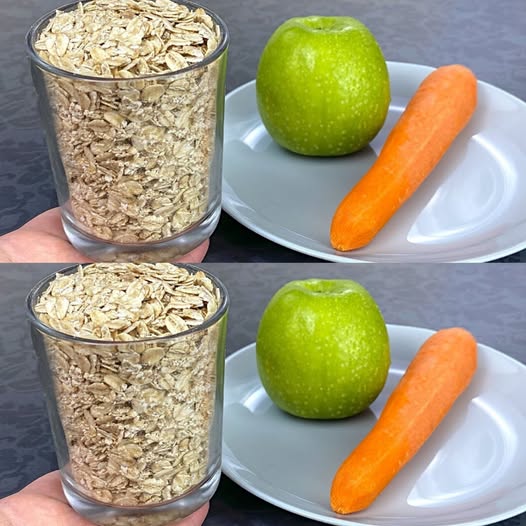Sunflowers (Helianthus annuus) are some of the most recognizable and cheerful blooms you can grow. With their towering stalks, radiant yellow petals, and “faces” that follow the sun, they’re not only visually stunning but also incredibly practical.
Whether you want to brighten your yard, attract pollinators, or harvest nutritious seeds, sunflowers offer a wide range of benefits that make them a must-have in any home garden.
In this comprehensive guide, you’ll discover why you should grow sunflowers, explore popular varieties, and learn how to cultivate them for a beautiful and productive garden.
Benefits of Growing Sunflowers in Your Yard
1. Brighten Your Landscape with Bold Color
Sunflowers create an instant visual impact. Their vivid yellow petals and large flower heads add a sunny, cheerful vibe to any garden.
Some varieties even bloom in orange, red, and burgundy shades, giving gardeners more creative options.
2. Support Pollinators and Beneficial Insects
Sunflowers attract bees, butterflies, and other beneficial insects with their rich nectar and pollen — essential for pollinating vegetable gardens and fruit trees. Planting sunflowers helps create a pollinator-friendly environment.
3. Provide Natural Bird Feed
As sunflowers mature, their centers fill with seeds that attract finches, chickadees, cardinals, and other backyard birds. Letting sunflowers go to seed offers a natural, chemical-free food source for local wildlife.
4. Grow Edible Seeds for Humans
Sunflower seeds are packed with healthy fats, protein, vitamins, and antioxidants. Harvest and roast them for snacks, baking, or salad toppings. They’re a great source of Vitamin E and selenium.
5. Act as a Living Privacy Screen or Windbreak
Tall sunflower varieties make excellent natural screens for privacy or wind protection. Plant them along fences, garden borders, or patios for added function and beauty.
6. Improve Soil Health
Their deep taproots help break up compacted soil and improve aeration. When decomposed, sunflower plants enrich the soil with nutrients. Some sunflowers even assist in removing toxins and heavy metals from poor-quality soils (phytoremediation).
7. Educational for Kids and Gardeners Alike
Sunflowers grow fast, are hardy, and provide visual rewards quickly — making them perfect for beginner gardeners and kids. Watching them track the sun throughout the day is a fascinating learning experience.
Popular Varieties of Sunflowers
- Mammoth Sunflower: Grows over 10 feet tall with large heads up to 12 inches wide — ideal for seed harvesting.
- Teddy Bear Sunflower: A dwarf variety with fluffy double blooms — great for containers or borders.
- Autumn Beauty: Offers a mix of red, orange, and yellow blooms — perfect for ornamental gardens.
- Sunrich Gold: Pollen-free flowers, making them ideal for bouquets.
- Italian White: Pale creamy petals with dark centers — a subtle and elegant choice.
How to Grow Sunflowers: Step-by-Step
1. Choose the Right Location
Sunflowers need full sun — at least 6 to 8 hours of direct sunlight daily. Pick a spot sheltered from strong winds, especially for taller varieties.
2. Prepare the Soil
They prefer well-drained, loamy soil with a pH between 6.0 and 7.5. Work in compost or aged manure before planting to boost nutrients. Avoid overly rich soil, which can cause weak stems.
3. Planting Seeds
- Timing: Sow seeds outdoors after the last frost when soil temperatures reach at least 50°F (10°C).
- Depth: Plant seeds about 1 inch deep.
- Spacing: Small varieties need 6 inches apart; large varieties up to 2 feet apart.
- Rows: Leave about 30 inches between rows for multiple rows.
4. Watering
Water lightly but consistently until seeds sprout. Once established, sunflowers are drought-tolerant but thrive with about 1 inch of water weekly. Water at the base to avoid fungal issues.
5. Supporting Tall Varieties
Stake tall sunflowers with garden twine or stakes to prevent wind damage and keep them upright under heavy blooms.
6. Fertilizing
A light application of balanced fertilizer (10-10-10) during early growth encourages healthy development. Too much nitrogen can lead to lush leaves but fewer flowers.
7. Dealing with Pests
Common pests include aphids, cutworms, and birds before seeds mature. Use row covers to protect young plants and encourage beneficial insects like ladybugs.
Harvesting and Using Sunflower Seeds
When to Harvest
Harvest when the back of the flower head turns brown and dry, and seeds look plump and striped. Birds visiting your flowers are a good sign that seeds are ready.
How to Harvest
Cut the flower head with about 12 inches of stem attached. Hang upside down in a dry, ventilated spot for 1–2 weeks. Rub or brush seeds out by hand.
How to Use Seeds
- Roast: Soak seeds overnight in salted water, drain, then roast at 300°F for 30–40 minutes.
- Raw: Add raw seeds to salads or trail mixes.
- Plant: Save seeds for next season or sprout them for microgreens.
Companion Planting with Sunflowers
Sunflowers thrive when planted with:
- Corn and squash (part of the Three Sisters garden style).
- Cucumbers, which benefit from shade and climbing support.
- Lettuce and spinach, which enjoy filtered shade.
Avoid planting sunflowers near potatoes or beans, as allelopathic chemicals they release can inhibit growth.
Sunflowers are more than just beautiful flowers — they attract pollinators, feed birds and people, improve your soil, and even offer privacy and wind protection. With so many varieties and simple growing needs, sunflowers are a joyful and practical addition to any garden.





